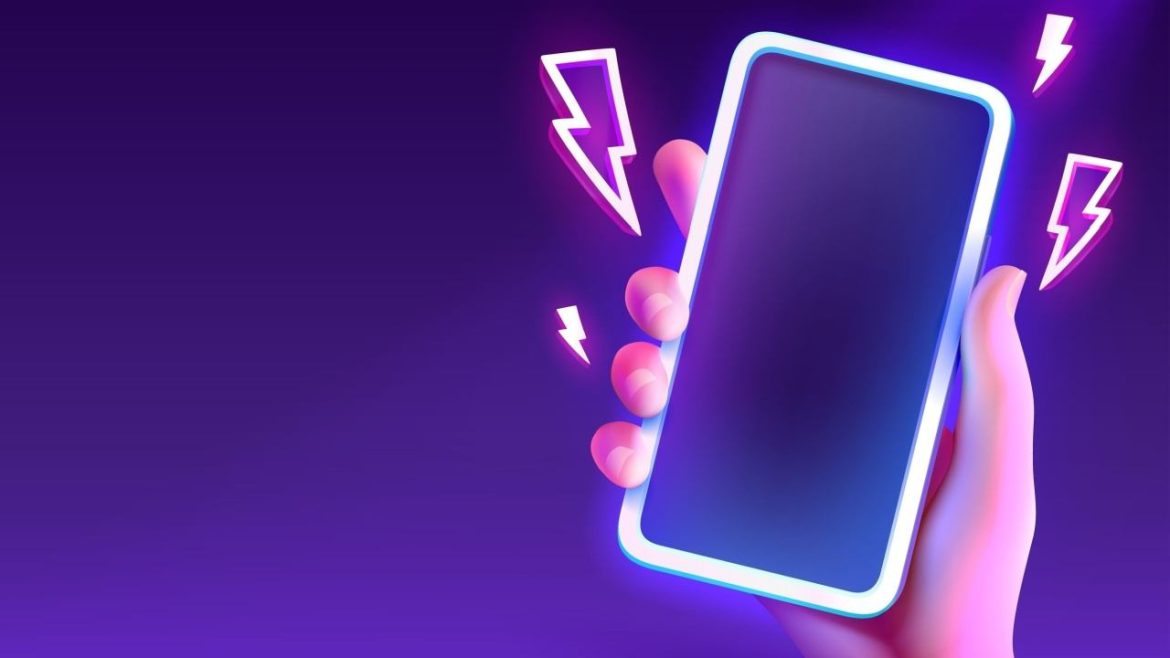The Bitcoin ecosystem is in a state of constant evolution, with innovations continually pushing the boundaries of what is possible. Among the most promising developments is the Lightning Network (LN), a layer-2 scaling solution designed to enable faster and cheaper Bitcoin transactions. A recent collaboration between Wallet of Satoshi and Spark has the potential to reshape the landscape of Bitcoin accessibility and control, particularly in the United States. This partnership marks a significant shift toward self-custody, a principle deeply rooted in the ethos of decentralization and individual sovereignty.
Understanding the Players
Before exploring the implications of this partnership, it is essential to understand the roles of the key entities involved.
Wallet of Satoshi: Simplicity and Accessibility
Wallet of Satoshi has established itself as a leader in the Lightning Network wallet space, known for its user-friendly approach to Bitcoin transactions. Available on both iOS and Android, the wallet offers a zero-configuration, custodial experience that prioritizes simplicity. This ease of use has made it a popular choice for beginners and those seeking a hassle-free way to engage with the Lightning Network. However, its custodial nature meant that users entrusted the wallet provider with the custody of their Bitcoin, a model that contrasts with the principles of self-custody.
Spark: Powering Self-Custody
Spark, developed by Lightspark, is a Layer-2 solution that aims to bring greater control and ownership to Bitcoin users. By integrating with Wallet of Satoshi, Spark provides the technological backbone for a self-custodial Lightning experience. This integration is a significant step toward empowering users to take control of their Bitcoin, aligning with the core values of decentralization and financial sovereignty.
The Shift Towards Self-Custody
The move toward self-custody is a defining theme in the Bitcoin space, driven by the belief that individuals should have complete control over their financial assets. Self-custodial wallets empower users to manage their private keys and, consequently, their Bitcoin, eliminating the need to trust a third party with their funds.
Why Self-Custody Matters
- Control: Users have direct control over their funds, reducing the risk of third-party mismanagement or loss.
- Privacy: Self-custody enhances privacy by eliminating the need to share financial information with a third party.
- Security: While self-custody requires users to take responsibility for securing their keys, it eliminates the risk of a single point of failure associated with custodial services.
The Wallet of Satoshi and Spark Integration: A Closer Look
The partnership between Wallet of Satoshi and Spark aims to bridge the gap between user-friendliness and self-custody. Here’s what we know about the integration:
Beta Launch
The self-custodial Lightning experience is initially launching in beta, indicating that it is still in a testing and refinement phase. This approach allows for real-world feedback and iterative improvements before a full-scale rollout, ensuring a robust and user-friendly product.
Re-entering the US Market
Notably, this integration marks Wallet of Satoshi’s return to the U.S. market after previously withdrawing its services due to regulatory uncertainty. The self-custodial nature of the new wallet may address some of the regulatory concerns that led to their departure, potentially setting a precedent for other Bitcoin wallet providers.
Scalability and Accessibility
The integration leverages Spark’s technology to make Lightning Network payments more scalable and accessible, particularly in the U.S. market. This could drive wider adoption of Bitcoin for everyday transactions, aligning with the Lightning Network’s goal of enabling fast and low-cost payments.
Implications and Potential Impact
The Wallet of Satoshi and Spark partnership has several potential implications for the Bitcoin ecosystem:
Increased Adoption
By offering a user-friendly self-custodial Lightning wallet, the partnership could attract more users to the Lightning Network, driving wider adoption of Bitcoin for everyday transactions. The wallet’s return to the US market is also significant because of the large potential user base, which could accelerate the growth of the Lightning Network.
Empowerment of Users
The shift toward self-custody empowers users to take greater control over their Bitcoin, aligning with the core principles of decentralization and financial sovereignty. This empowerment is crucial for fostering a more resilient and user-centric Bitcoin ecosystem.
Regulatory Landscape
The re-entry of Wallet of Satoshi into the U.S. market suggests a potential shift in the regulatory landscape or, at least, a way to navigate it by offering a self-custodial solution. This could set a precedent for other Bitcoin wallet providers, encouraging them to adopt similar models to comply with regulations while maintaining user control.
Competition and Innovation
This partnership is likely to spur further innovation and competition in the Bitcoin wallet space as other providers seek to offer similar self-custodial solutions with enhanced user experiences. This competition could lead to better products and services, ultimately benefiting users.
Challenges and Considerations
While the partnership is promising, it is important to acknowledge potential challenges and considerations:
User Education
Self-custody requires users to take responsibility for securing their private keys. Education and awareness are crucial to prevent loss or theft due to poor security practices. Wallet providers must invest in user education to ensure that users understand the importance of securing their keys and managing their funds responsibly.
Complexity
While Wallet of Satoshi aims for simplicity, self-custodial wallets can still be complex for novice users. Striking the right balance between user-friendliness and security will be essential to ensure that the wallet remains accessible to a broad audience.
Liquidity
Self-custodial Lightning wallets require users to manage their own channels and liquidity. This can be a barrier to entry for some users, although solutions are being developed to address this. For example, liquidity providers and automated channel management tools could help simplify the process for users.
The Road Ahead
The collaboration between Wallet of Satoshi and Spark represents a significant step toward making Bitcoin more accessible, scalable, and user-controlled. As the beta testing progresses and the wallet is refined, it has the potential to drive wider adoption of the Lightning Network and empower users to embrace the principles of self-custody.
The partnership between Wallet of Satoshi and Spark isn’t just about a new wallet; it’s about igniting a spark of change in how people interact with Bitcoin. It’s a reminder that the Bitcoin ecosystem is constantly evolving, pushing the boundaries of what’s possible and striving toward a future where financial freedom and control are within everyone’s reach. This collaboration could set a new standard for Bitcoin wallets, demonstrating that user-friendliness and self-custody can coexist, ultimately benefiting the broader Bitcoin community.





